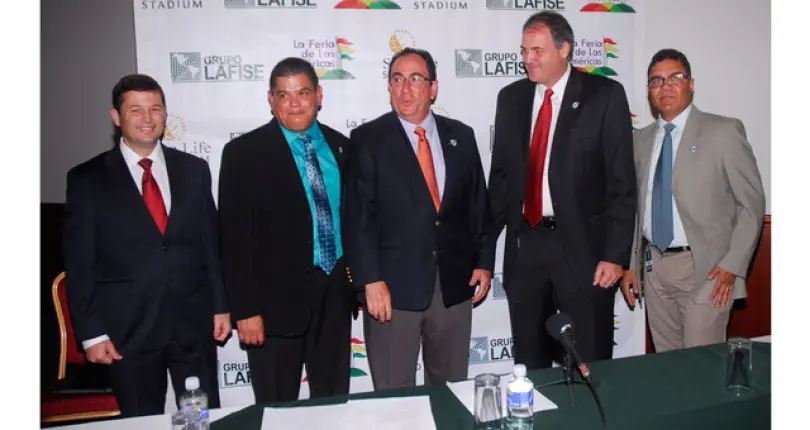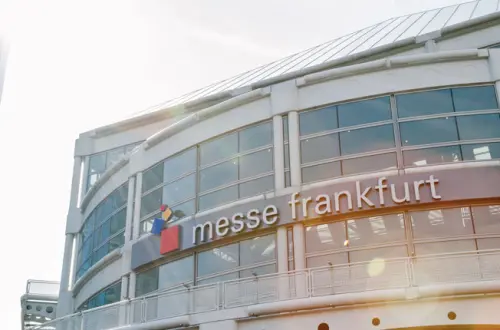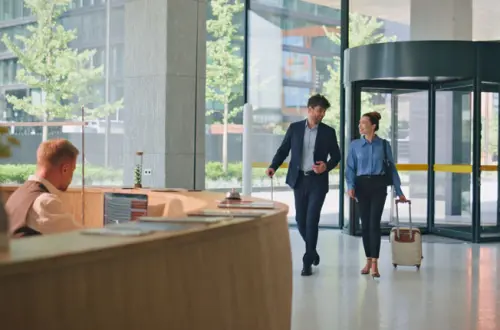ExpoNica "La Feria De Las Américas"
The next event in our series regarding events, budding or already established, that met their end is a non-profit cultural event targeting the Hispanic community in America. We are talking about, of course, ExpoNica “La Feria de Las Americas” – the non-profit multicultural event produced by Exponica International that has been running since 1991, with the purpose of promoting Latin American culture in the United States. This extended to its crafts, art, cuisine and lifestyle, and it was highly successful during its over twenty-year-old run.
ExpoNica and its accompanying festival features brought together more than 500 exhibitors among which were artisans, traders, industrialists and artists of music, dance, folklore and arts, as well as a wide variety of Latin American typical cuisine, representatives from fourteen different countries that delighted approximately thirty thousand attendees visiting the fair every year. That is a rough estimation for the turnout and the popularity of the event, and we don’t have exact numbers.
What we do know that ExpoNica was considered one of the most important events in South Florida and functioned as the main means of promotion for small and medium-sized Latin American artisans in the country. At the same time, representatives of other sectors such as tourism, financial and banking industries, among others, also integrated year after year into the growing community of exhibitors at “La Feria de Las Americas”.
The last edition of ExpoNica was helf in 2015 in Miami, Florida at the Miami Dade County Youth Fair and Exposition for three days over the course of a weekend. Miami has long been associated as a centre for trade in Latin America and recognized as such on an international level. It made sense that such a central location for LatinX culture would make the perfect grounds for exhibitors to promote and sell the products to the local community. “La Feria de Las Americas” included the culture and customs from 17 different countries from Central and South America.
The working hours for the last edition were from 18:00 pm until 23:00 pm on Friday, 14:00 pm until 23:00 pm on Saturday and 13:00 pm until 23:00 pm on Sunday. Admission was priced at $16 for adults, whereas seniors and children 8 and under could enter free of charge. The Miami Dade County Fair and Expo Center used to be the traditional venue, where the festival and exhibition took place, but that changed in 2013. It was then when the organisation struck a deal to move the event to the Sun Life Stadium in Miami Gardens and Marlins Park, which was the new grounds for two editions, but this change reverted because of community pressure. Requests were made to relocate since the Miami-Dade County Fair and Exposition site is located near Sweetwater, home to Nicaraguans and Hispanics in great numbers.
The last edition of “La Feria de Las Americas” in 2015 was also monumental in one other aspect – it was the first time that ExpoNica gave entry to Cuban artisans who traveled directly from the island to showcase their crafts. This only served to open a new chapter in communication between American Latin communities and cultures in Central America by witnessing Cuban artwork and crafts from Matanzas, Cienfuegos, Pinar del rio and other provinces.
One of the main goals of ExpoNica was the exhibition and sale of handmade products like wood, ceramics, porcelain, leather, rhinestones, cotton, which are all handmade and sold by the artisans themselves. This constituted the heart of this socio-cultural event and served two purposes – not only strengthen cultural connections of the Latinx communities to their roots but to also financially support the artisans by directly selling to the public. This was a fruitful endeavor since on average ExpoNica was visited by more than 35,000 people.
“La Feria de Las Americas” certainly exceeded expectations and was a community builder. Not just a place to hawk items – although that certainly ranked high for artisans themselves who rented small spaces at high rates. Rather visitors could witness how some of the artisans crafted in real time in designated parts of the space. Of course, it wouldn’t be a festival without live music and energetic performances and delicious Latin food from a lot of many culinary traditions – Peruvian, Dominican, Guatemalan, Ecuadorian and so much more. Perhaps one of the biggest attractions for the youngest among the visitors was the Salon Manos Maestras, which was modelled after a typical Latin American town and transported visitors fully.
For an event as important and crucial for the community, it’s very strange how “La Feria de Las Americas” simply disappeared leaving over 25 years of history behind its back, but sometimes it is not up to the community. Florida has been the subject of many hurricanes and tropical storms in ever increasing frequency and strength, which might have affected the ability to organise this event especially at the end of the year.









